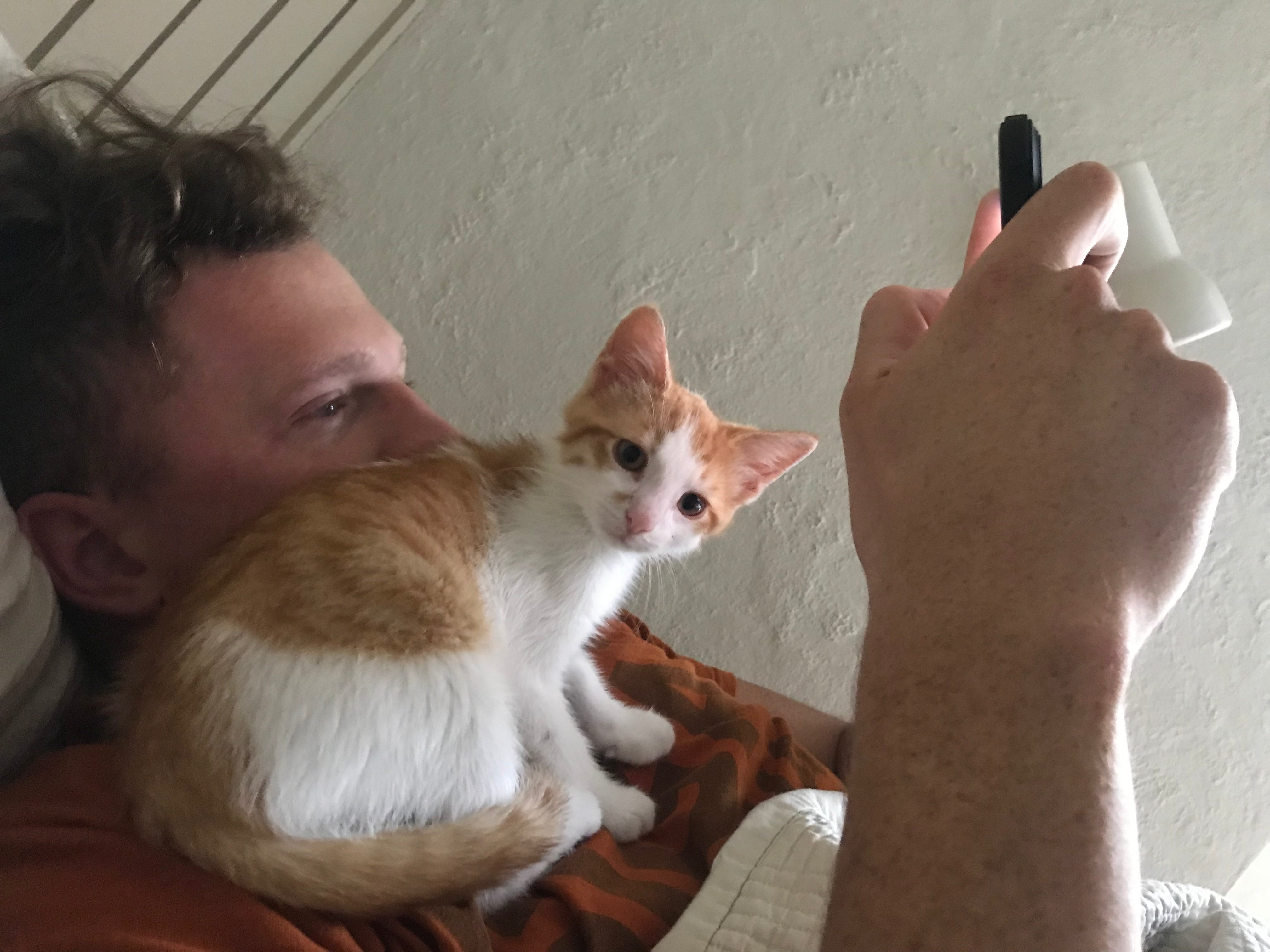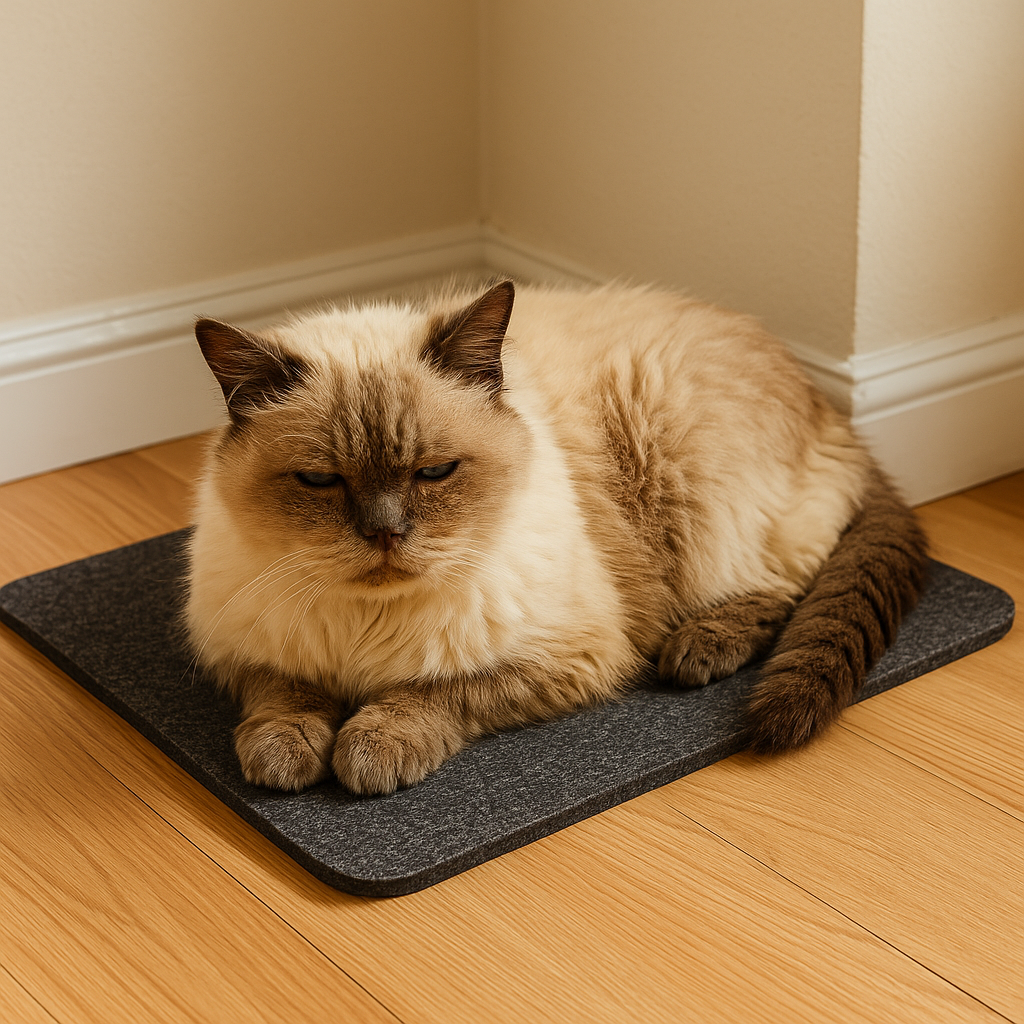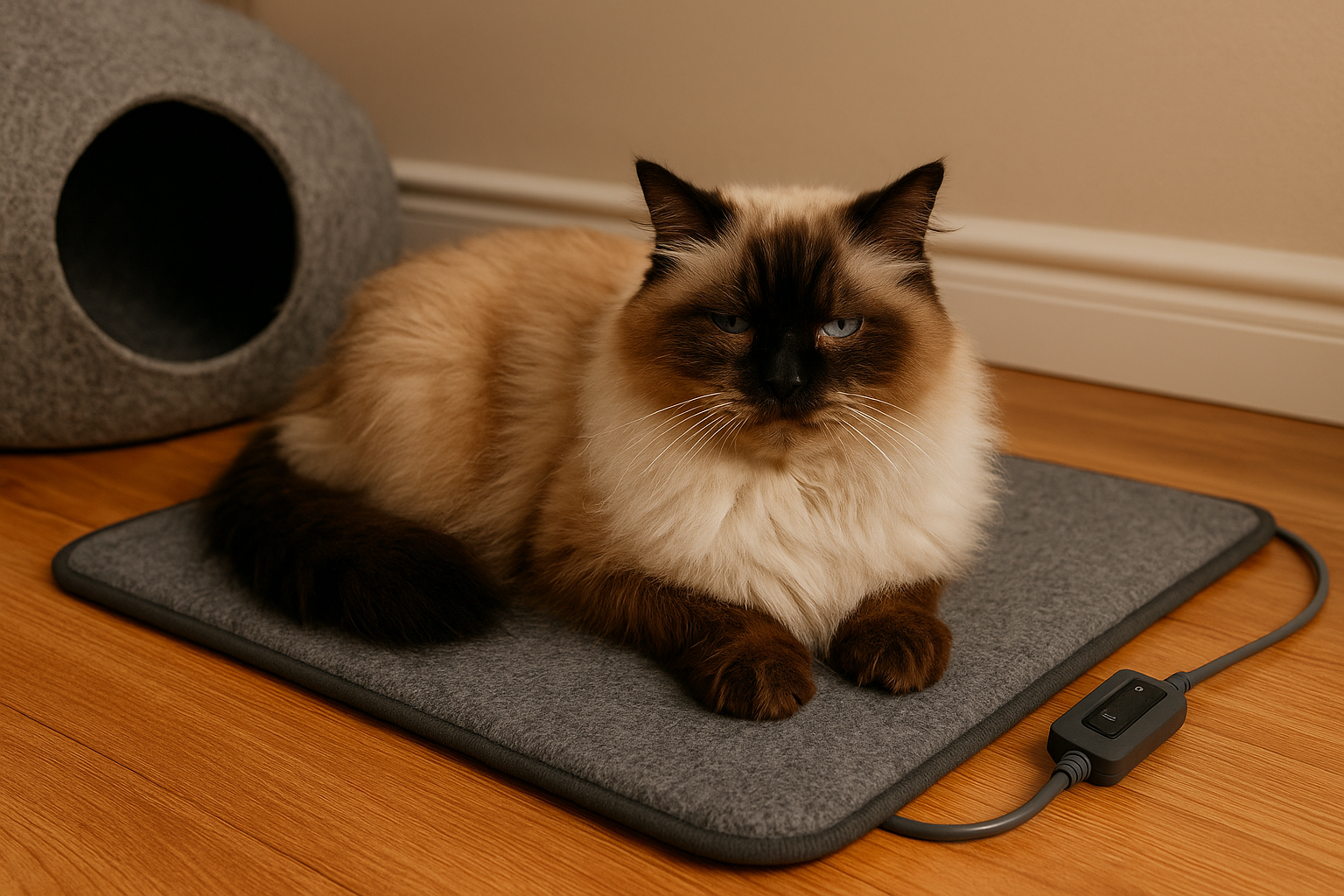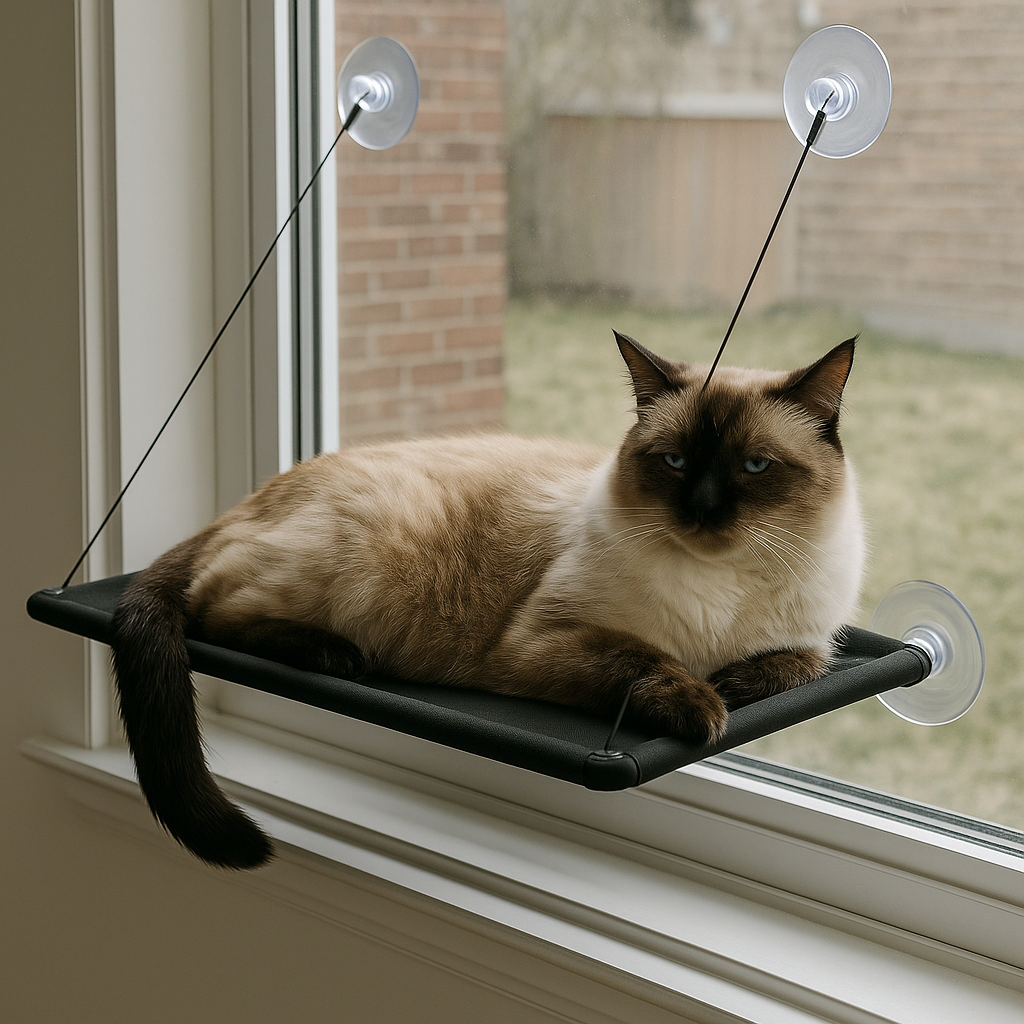Cat Weight Guide 2025: Underweight, Overweight & Healthy Tips 🐾
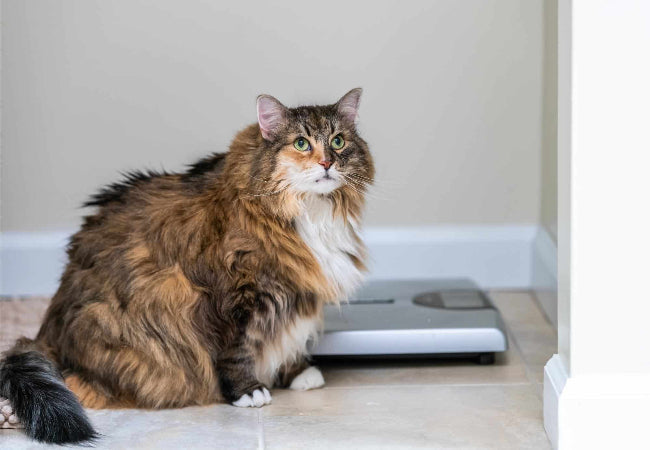
In this article
Cat Weight Guide 2025: Underweight, Overweight & Healthy Tips 🐾
By Dr. Duncan Houston BVSc
Cats, like humans, come in all shapes and sizes. Their ideal weight can be influenced by factors such as age, sex, breed, and overall health. Maintaining a healthy weight is crucial for their overall well-being, as both overweight and underweight cats are at risk of serious health issues.
Regularly checking your cat’s body condition helps you detect problems early and ensures they stay healthy, happy, and active. Here’s a comprehensive guide to help you assess your cat’s weight at home.
1. Feel the Ribs
One of the simplest ways to check your cat’s weight is by feeling their ribs:
-
Healthy weight: You should be able to feel your cat’s ribs easily under a light layer of fat.
-
Overweight: Ribs are hard to feel or completely buried under fat.
-
Underweight: Ribs stick out prominently with little or no fat covering.
Tip: Gently run your hands along their sides without pressing too hard to avoid discomfort.
2. Look at the Waist and Tummy
Visual observation is another key indicator:
-
From above: A cat at a healthy weight will have a defined waistline behind the ribs. Overweight cats often have a rounder body with no waist, while underweight cats have a sharply narrowed waist.
-
From the side: A healthy cat’s belly should tuck up slightly. A sagging belly can indicate overweight, and a deeply tucked abdomen can indicate underweight.
3. Feel the Spine and Shoulder Blades
Checking the spine and shoulder blades can give additional clues:
-
Healthy weight: Bones can be felt but are not overly prominent.
-
Overweight: Bones are hard to detect under fat layers.
-
Underweight: Spine and shoulder blades stick out sharply.
Monitoring these areas regularly helps you notice subtle weight changes before they become serious.
4. Examine the Base of the Tail
Another simple check is at the base of the tail:
-
Healthy weight: You can feel the bones but shouldn’t see them.
-
Overweight: Bones are buried under fat and hard to feel.
-
Underweight: Bones are visible and protrude noticeably.
⚖️ Why Monitoring Weight Matters
Sudden or gradual weight changes can signal underlying health problems, such as:
-
Overweight cats: Increased risk of diabetes, arthritis, heart disease, and reduced mobility.
-
Underweight cats: Weakened immunity, muscle loss, and other serious health issues.
Early detection allows for timely interventions and improves your cat’s quality of life.
🩺 When to Consult a Veterinarian
If you notice significant changes in your cat’s weight or body condition, seek professional advice. A veterinarian can:
-
Assess overall health
-
Recommend a balanced diet
-
Suggest an exercise plan
-
Identify medical conditions affecting weight
✅ Tips for Maintaining a Healthy Weight
-
Balanced diet: Feed high-quality cat food with complete nutrition.
-
Control portions: Avoid overfeeding and limit high-calorie treats.
-
Regular activity: Play with interactive toys, encourage climbing, and schedule exercise sessions.
-
Routine check-ups: Regular vet visits help catch weight issues early.
Final Thoughts
Keeping your cat at a healthy weight is essential for their longevity and happiness. By checking ribs, waist, spine, and tail, you can quickly identify changes and take action. Remember, sudden weight gain or loss is a warning sign that should never be ignored.
With regular monitoring, proper diet, and play, you can ensure your feline friend stays fit, healthy, and full of energy for years to come!




